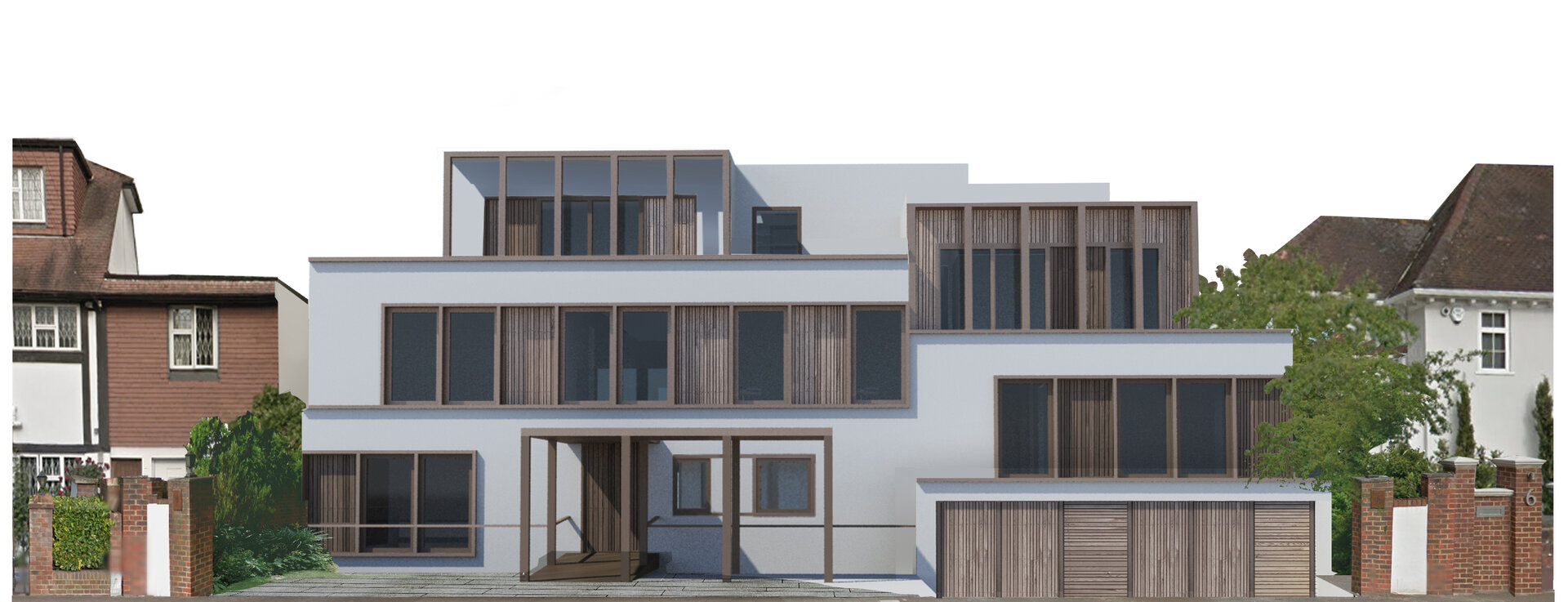Commercial Permitted Development Rights
Permitted Development Rights for Offices
West London has a vast array of office floorspace with a variety of accommodation, including the modern purpose built Chiswick Park complex, traditional town centre schemes in Richmond, Chiswick, Ealing, Hounslow etc and other clusters in Park Royal, Wembley and Heathrow.
The permitted development rights to extend offices are limited but, in 2013, the Government introduced a temporary half-way measure under the prior notification and approval process which increases the scope for permitted development. This note provides a summary of what counts as commercial permitted development, and how the prior notification process may be able to help you deliver your project.
Local Planning Authorities such as LB Richmond, Westminster and Kensington and Chelsea have used the ability to issue Article 4 Directions to protect Office to Residential development in key employment areas. See Commercial Article 4 blog to find out more.
What is permitted?
The following advice references The Town and Country Planning (General Permitted Development) Order 2015. This replaced the GPDO 1995 and its subsequent amendments. It will no doubt change again as this is a favourite are for governments to tinker.
Extensions to Office Buildings
The Town and Country Planning (General Permitted Development) Order 2015 and its series of amendments allows for extensions or alterations to office buildings provided the enlargement:
- is less than 25% of the original gross floor area of the original building; or
- less than 50 m2.
And:
- if within 10 metres of the boundary, does not exceed five metres;
- does not exceed the height of the building being extended in all other cases;.
- the extensions would be within five metres of the curtilage.
- the height of the extension is less than four metres or three metres to the eaves if within two metres of a boundary.
Further restrictions
- To count as commercial permitted development, the scheme must be at ground floor level and the materials must of a 'similar appearance' to those used in the construction of the exterior of the building.
- The use must be incidental to the use of that of an office building.
- The development cannot be within the curtilage of a listed building.
Prior Notification to extend office, shop and financial and professional service premises
Until the 30th May 2019 (commercial permitted development to be completed by this date), office, shop, financial and professional service buildings can be extended by up to 50% of the original gross floor area of the original building or up to 100 m2. The applicant needs to notify the planning authority of completion prior to avoid the development not being authorised. However, provided the extensions or alterations comply with the Permitted development rights, there is no requirement to submit a full planning application.
Prior Notification to convert offices to residential
Until 30 May 2019, the government has stated that a change of use of an office building and land within its curtilage to a residential use falling within the Class C3 dwelling houses Use Class (which includes flats and houses) will be permitted development unless within a protected area. The majority of land within London is not protected.
Changing an office to residential use is subject to a prior approval process whereby a developer shall apply to the local planning authority for a determination as to whether the prior approval of the local planning authority will be required as to –
- (a) transport and highways impacts of the development;
- (b) contamination risks on the site; and
- (c) flooding risks on the site.
The application needs to be submitted to your Local Planning Authority.
Authorising Commercial Permitted Development
Community Infrastructure Levy
Owners are eligible for exemption, provided they adhere to some very strict rules. Additional commercial floor space over 100 sqm is usually liable for the Community Infrastructure Levy. All such developments carry a zonal charge, based on the type of usage. In complex development schemes where existing floorspace is demolished, a discount can be applied, subject to qualification.
Further information and Advice
Commercial permitted development and the prior notification process can be confusing and, if not followed correctly, can lead to enforcement by the Local Authority and/or costly rectification. If you are unsure about any aspect of your project, please contact WEA Planning using any of the methods on the right hand side

